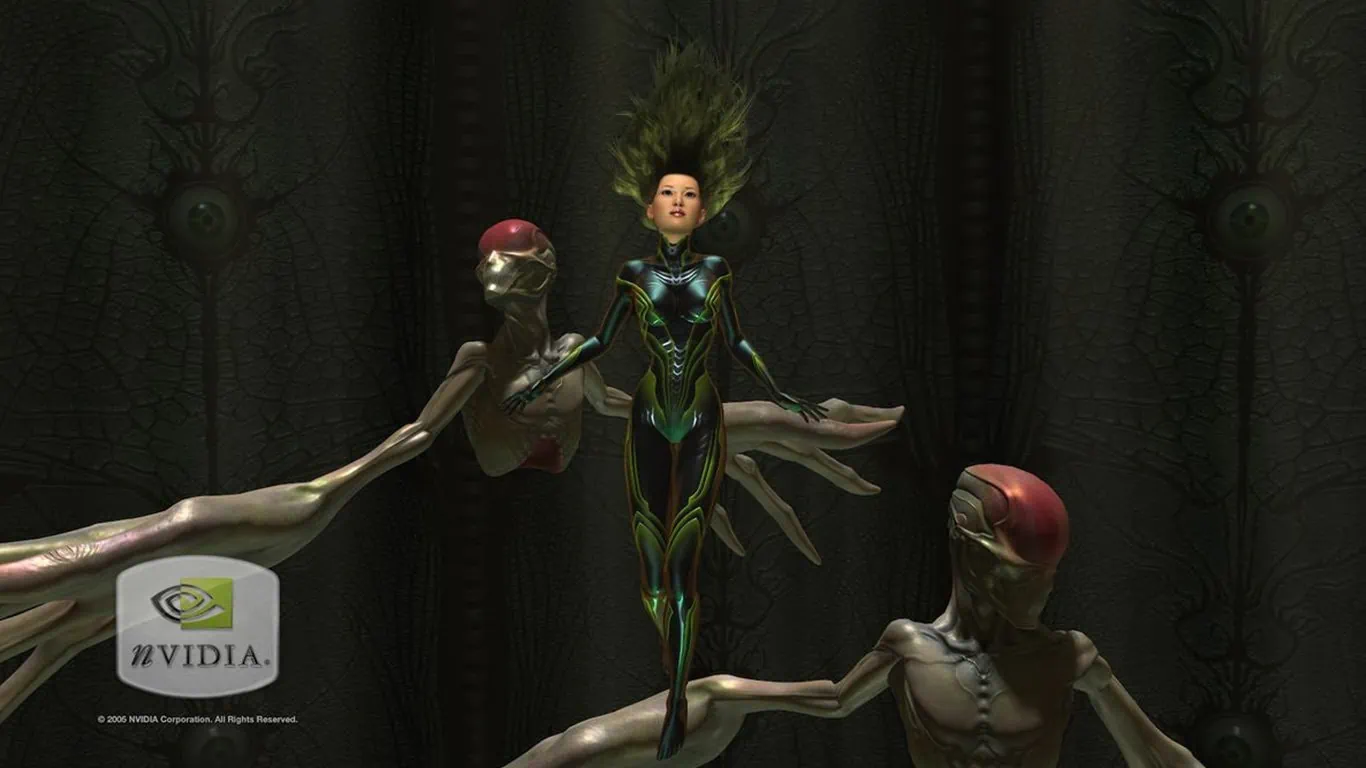Marketing to gamers: The lost art of tech demos continued
Marketing to gamers can be a difficult task due to the complexity of the components and the decrease in the technical literacy of the average gamer. It is important to focus on what will excite gamers, such as demonstrating new technologies and games, as well as focusing on the details to show them something that will leave them in awe.
- The technical literacy of the average gamer has decreased due to games being designed to be playable on low system requirements.
- Focus on what will get the gamers excited visually
- Create emotional tech demos of the latest technology without using known game titles
- Focus on the details to show them something that will leave them in awe
- Marketing should be about giving gamers something to get excited about
Marketing To Gamers
Marketing to gamers today is a tricky task. With the plethora of high-end component manufacturers such as Intel, AMD, and NVIDIA, it can be difficult to know how to target gamers meaningfully.

The gaming world has changed drastically since the days of the old-school computer builder, making it harder to understand what gamers want and need. The most important thing to realize when targeting gamers is that they are not as technically savvy as they used to be. Many modern games are designed to be playable on the lowest possible system requirements, meaning that even a computer from five or six years ago may still be able to run the newest games.
This has led to a decrease in the technical literacy of the average gamer, making it all the more difficult to market to them. While it is still important to market the key technologies offered by component manufacturers, such as DLSS, ray tracing, or supersampling, focusing on what will excite the gamers is also important.
Graphics are still a huge factor in gaming, and the only real way to market graphics is to make them emotional. This is something that NVIDIA did very well in the past when marketing to gamers, which today seems to be a lost art. Their tech demos from about a decade ago were among the best, often showing off the latest and greatest technologies in real-time. They would talk about the details, such as how each strand of hair flows differently in water than on land, how tessellations make the details smoother, or how light and shadow work in a game.
They would also show off new technologies, such as translucent skin or how the light dissipates across the skin’s surface. Gamers were blown away by the level of detail that can be achieved, and the emotional impact that it had on them was tremendous. Some achievements seen in these demos from a decade ago are still not completely utilized in games today. When was the last time you saw a character hold their hand out against the sun where you could see that level of detail?
At the end of the day, marketing to gamers should be about giving them something to get excited about. It doesn’t just show off the newest games and technologies, but it is important to remember that gamers want to be wowed by the little details that remain elusive in modern games. The key reason tech demos work is because it allows you to show them something they have never seen before, something that might never exist in a real game, so it can’t be judged based on playability and mechanics. This is often the best way to get them emotionally invested and excited about the future of gaming as a whole rather than just a specific product. The key to successful marketing to gamers is to focus on the details and show them something that will blow them away and be the brand that is leading them into the future by turning their imagination into reality.
If you want to learn more about the brief history of GPU tech demos The Lost Art of Tech Demos where I try to provide a relatively thorough review of some of the best tech demos of the past.







